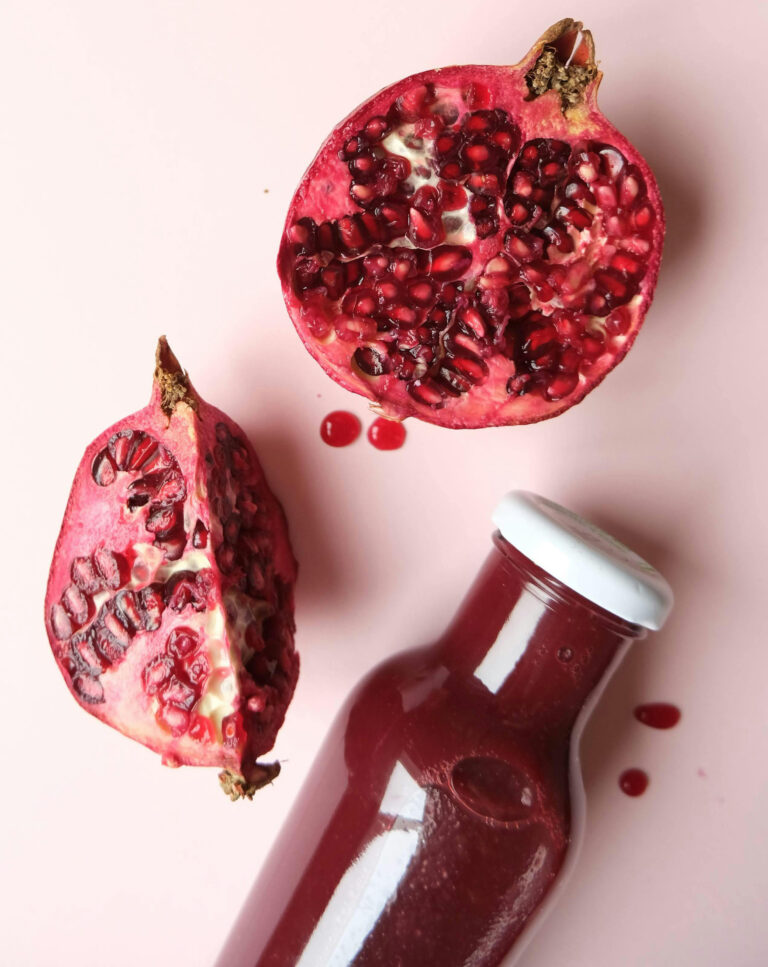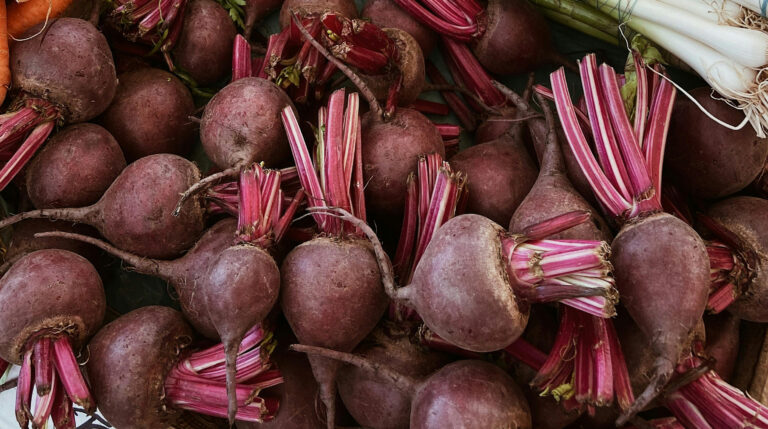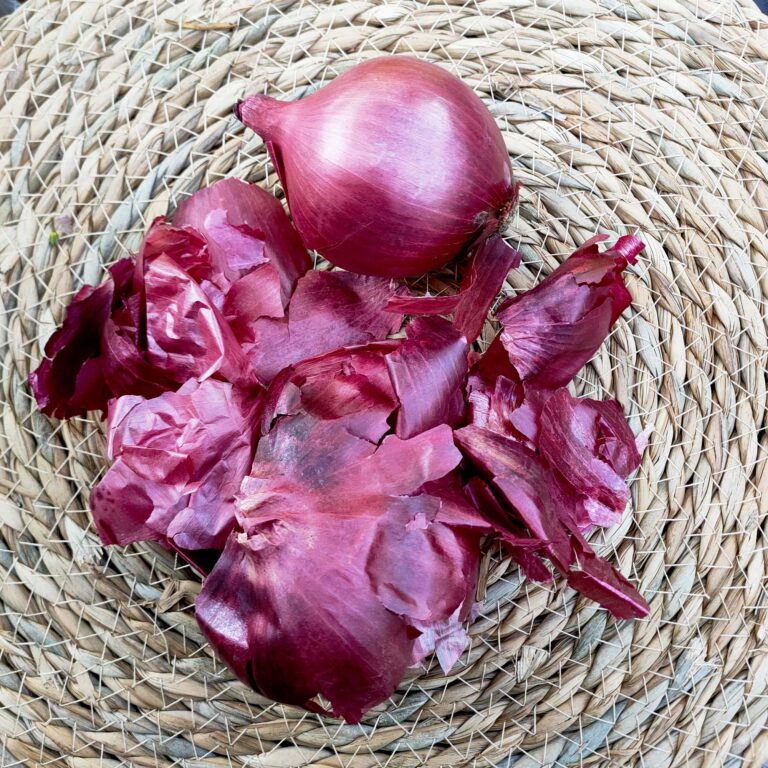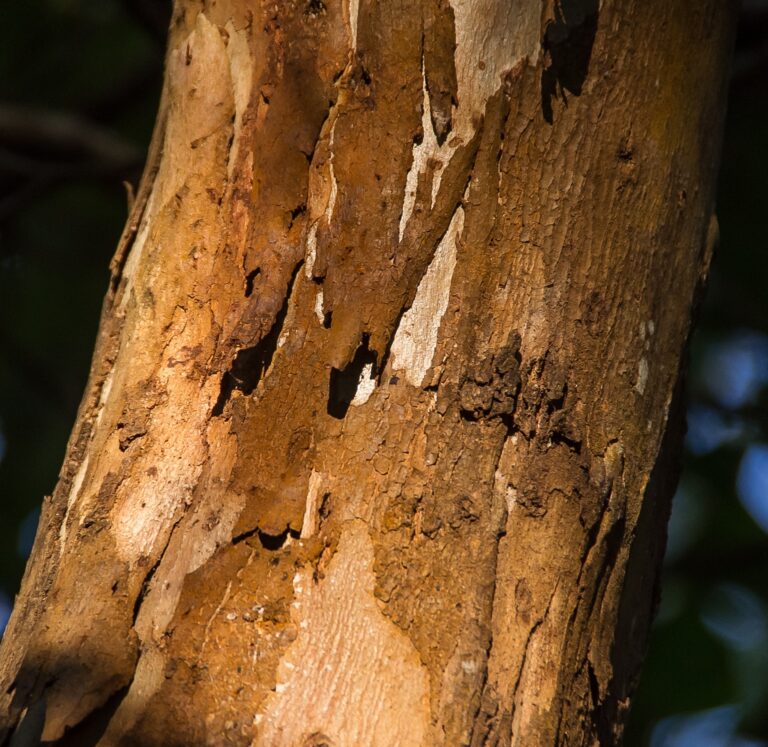Dyeing with Frozen Blueberries straight from your freezer.

Dyeing with Frozen Blueberries can give you a variety of colours depending on pH.
Dyeing with frozen Blueberries
Today we will look at how to take something that is most probably sitting in your freezer draws right now. By using frozen blueberries you do not need to wait for the right season or for the cost of the fruit to come down to a reasonable price.
They are readable accessible and easy to use for a quick natural dyeing experiment. For this experiment I have used solar dyeing after a little heat in the kitchen to start things off.
Solar Dyeing
This is basically putting your dyestuff in a glass jar and leaving it in the sun to work its magic. The beauty of living in Australia means that I do have the benefit of hot summers. If you don’t have these conditions, it does not mean you cannot try this process. You will just need to experiment with your own environments advantages and disadvantages. Leave it in a room that gets sunlight and may have great heating or try longer dyeing periods.
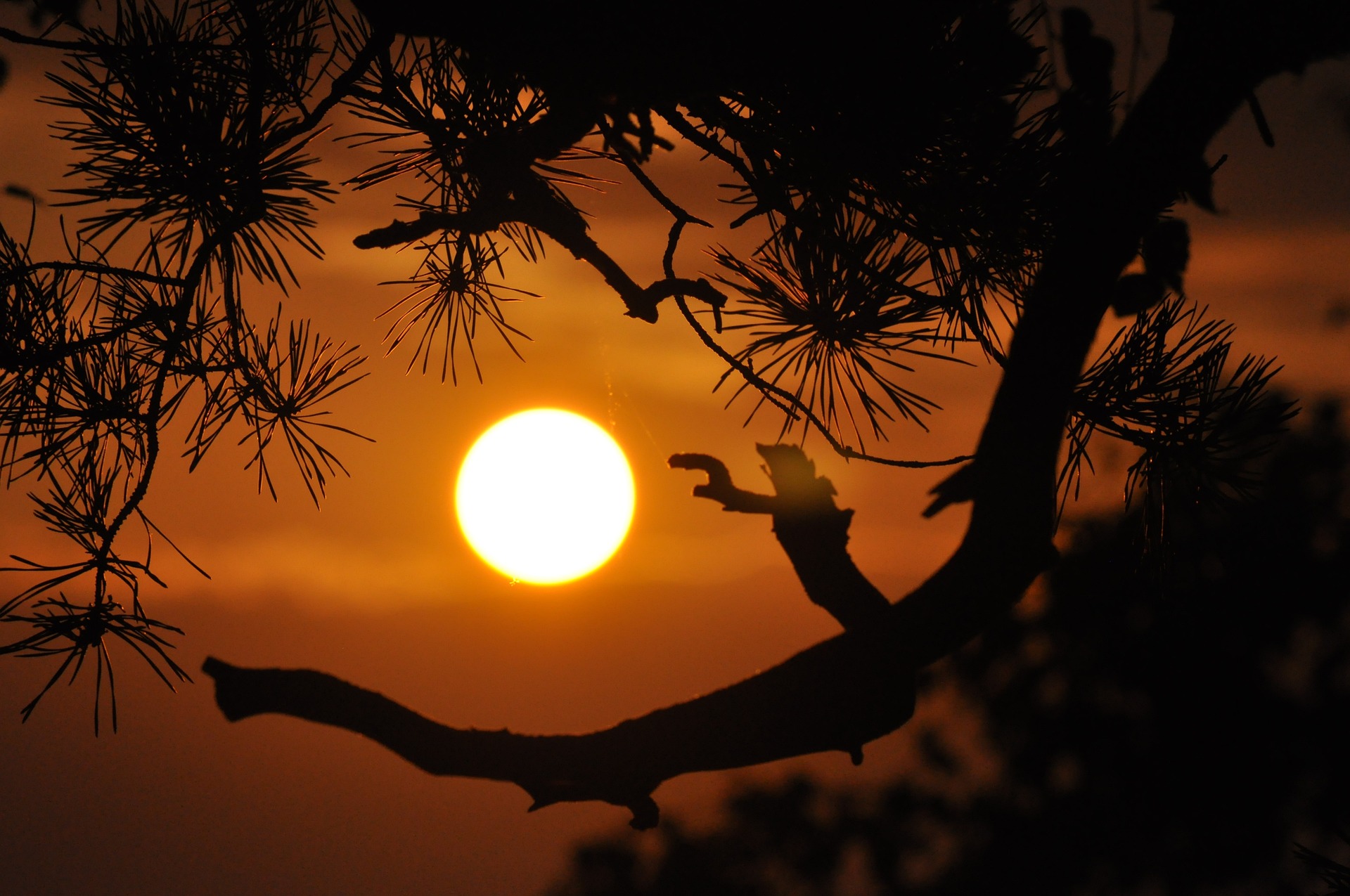
Safety Note
Always ensure when dyeing of any nature, to keep all saucepans and utensils used in the process, separate from your general cooking supplies. You do not want to cook with anything that has been used to mordant or naturally dye your fibres. You should also wear gloves and a mask while handling your chemicals.
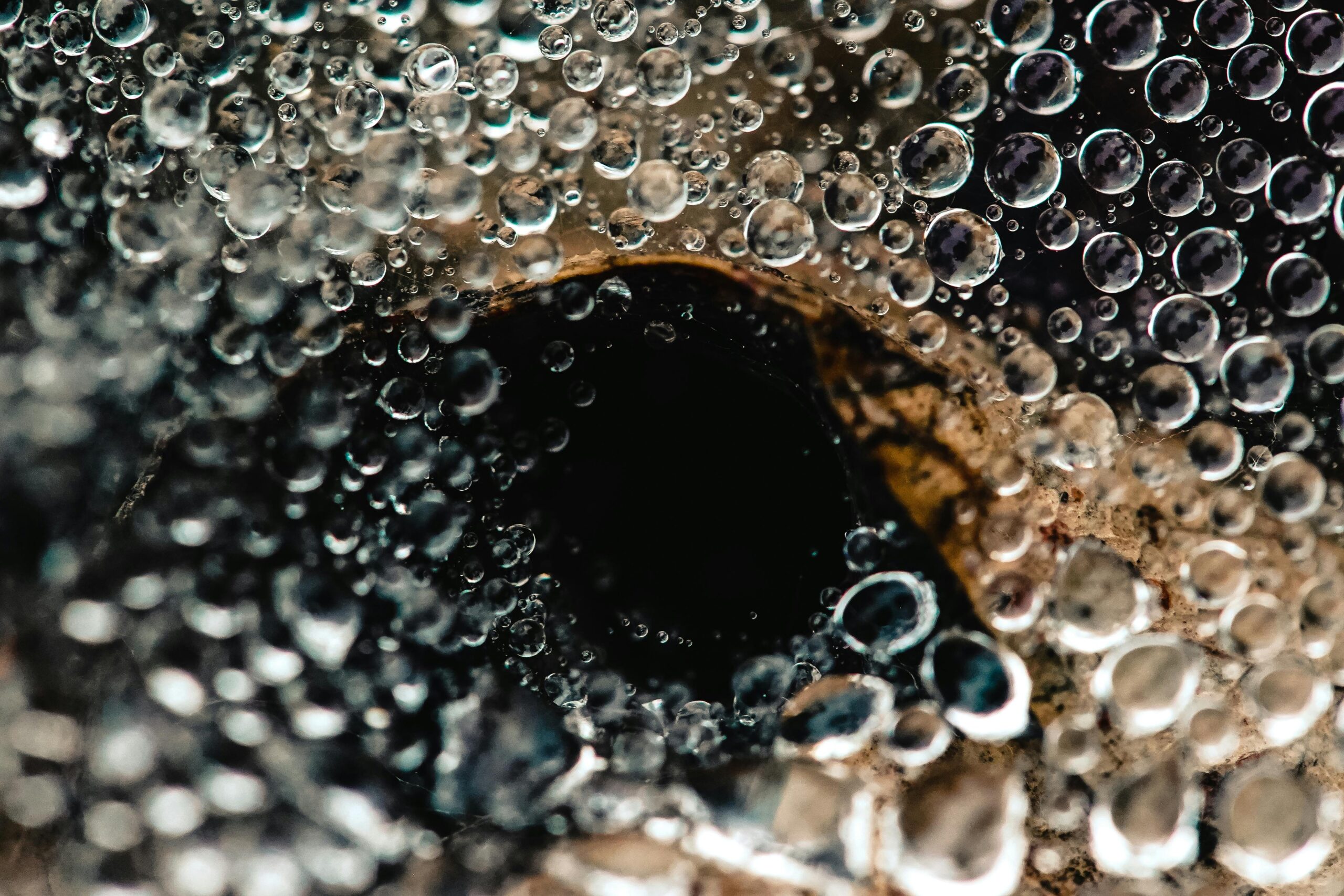
Fibre Preparation
Before dyeing you must first scour and mordant your fibre. Both scouring and washing your dye fibre is different depending on what type of fibre or material you are dying. If you would like more information about the differences between protein and cellulose fibre please click on this link.
For information on how to scour (wash) your wool click on the button below.
Mordanting
Before you begin dyeing with frozen blueberries you will need to mordant your fibre. Mordanting is the use of a metal to help the natural dye attach to the fibre.
In this instance I have used alum to mordant my fibres. Click on the link below to learn how to do this process.
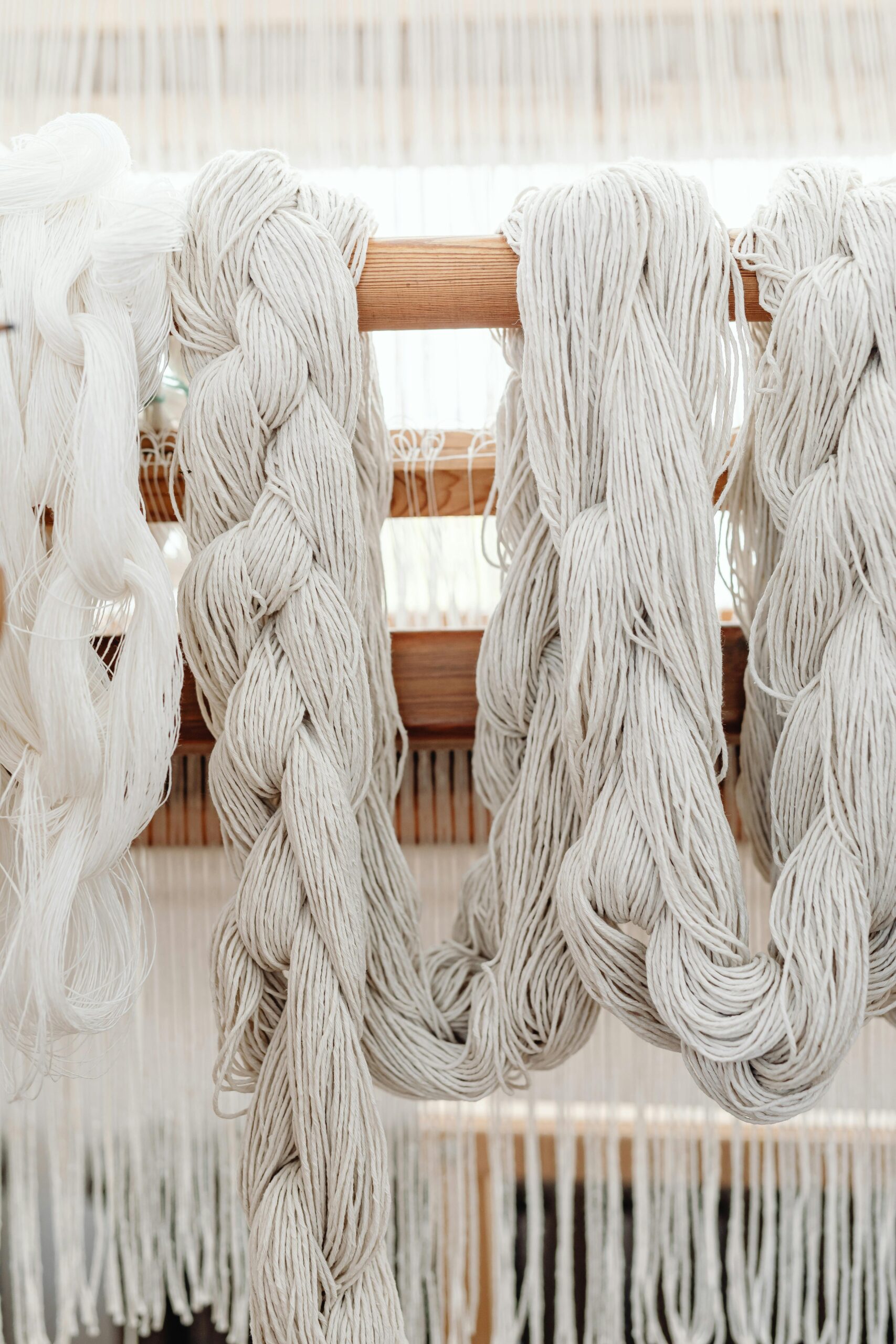
Dyeing your wool with frozen blueberries
What you will Need
Boiling water
Frozen Blueberries – for this experiment I used 1/2 of a bag
Wool Fibre- I used 10 g merino roving prescoured and mordanted with alum
Saucepan-
Glass Jar-Your glass jar should be big enough for your dye bath to move around your fibre easily and gently. A 1 litre jar is about the smallest I would go for 10g of roving.
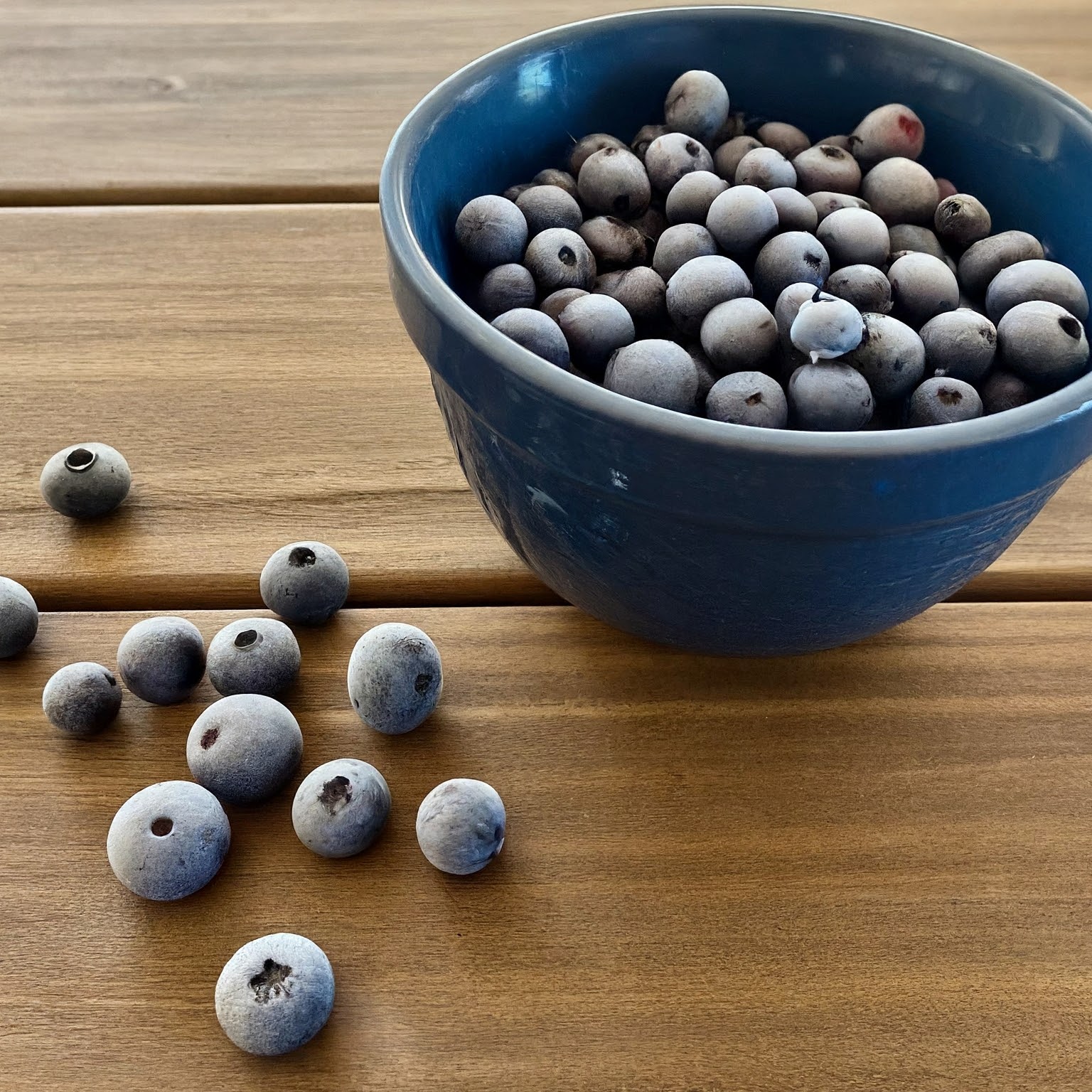
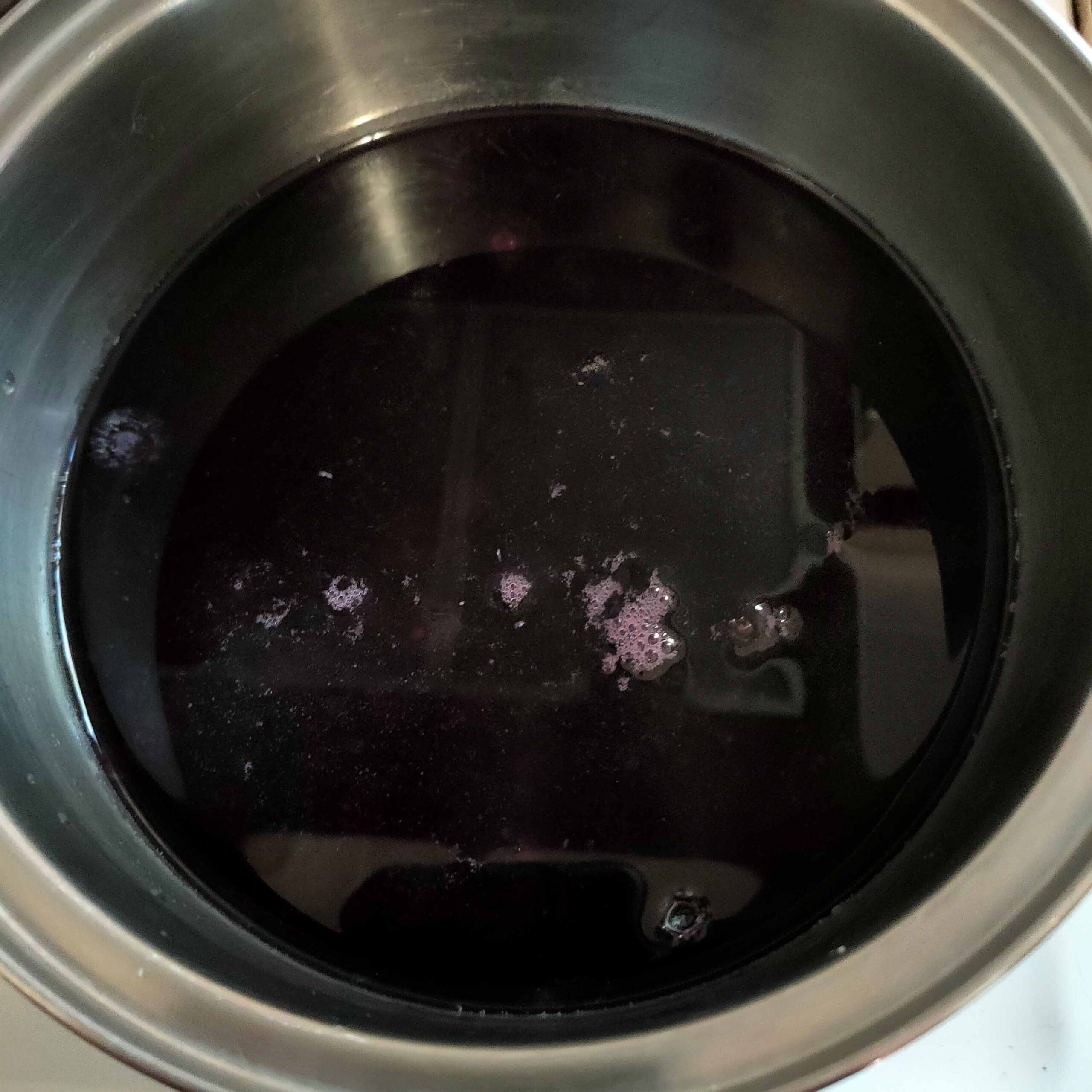
Procedure
Step 1: Place your blueberries in a saucepan. Place them on the stovetop and cook on low until the berries have broken down. Add enough water to nearly fill your jar and leave to cool.
Step2: When cool enough transfer your blueberries into a glass jar , and leave outside for one day.
Step 3: Sieve your dye and add your fibre. Leave out in the sun for 1 week.
Step 4: Take your wool out of the jar and leave to dry completely without rinsing.
Step 5: Rinse in water baths until they are clear. As I was using roving I did not want to use running water to start it felting, so I used a few bowls of water. Always make sure you wool does not experience dramatic temperature changes. Make your water room temperature. Leave to dry
Results
We achieved some quite interesting results while dyeing with frozen blueberries. The top line is the roving that came out a lovely light pink.
I then felted the roving which is shown in the 2nd line. I figured that the wet felting procedure would be a good indication of how well the dye stands up to washing. As you can see it turned green. I assume that this is due to the slightly alkaline soap that I use when felting. Even olive oil soak is not pH neutral.
The second circle on this line is the sun test . The felt was left on a window sill for 4 weeks in the hot Australian summer, to see if it would fade. I knew this was a fugitive dye so I was not surprised when the colour faded.
The third circle is the felt when placed in a vinegar bath. As you can see this turned the green back to the original pink. This still faded in the hot sun.
Although this experiment showed fading when hit with full sun for 4 weeks, it was still fun to give it a try. If I have a project that I know will not get exposed to sun, it will definitely be fun to have a bit more of a play with the pH flexibility of dyeing with frozen blueberries.
I hope this helps and encourages you to try your own experimenting in the world of natural dyes. 🙂
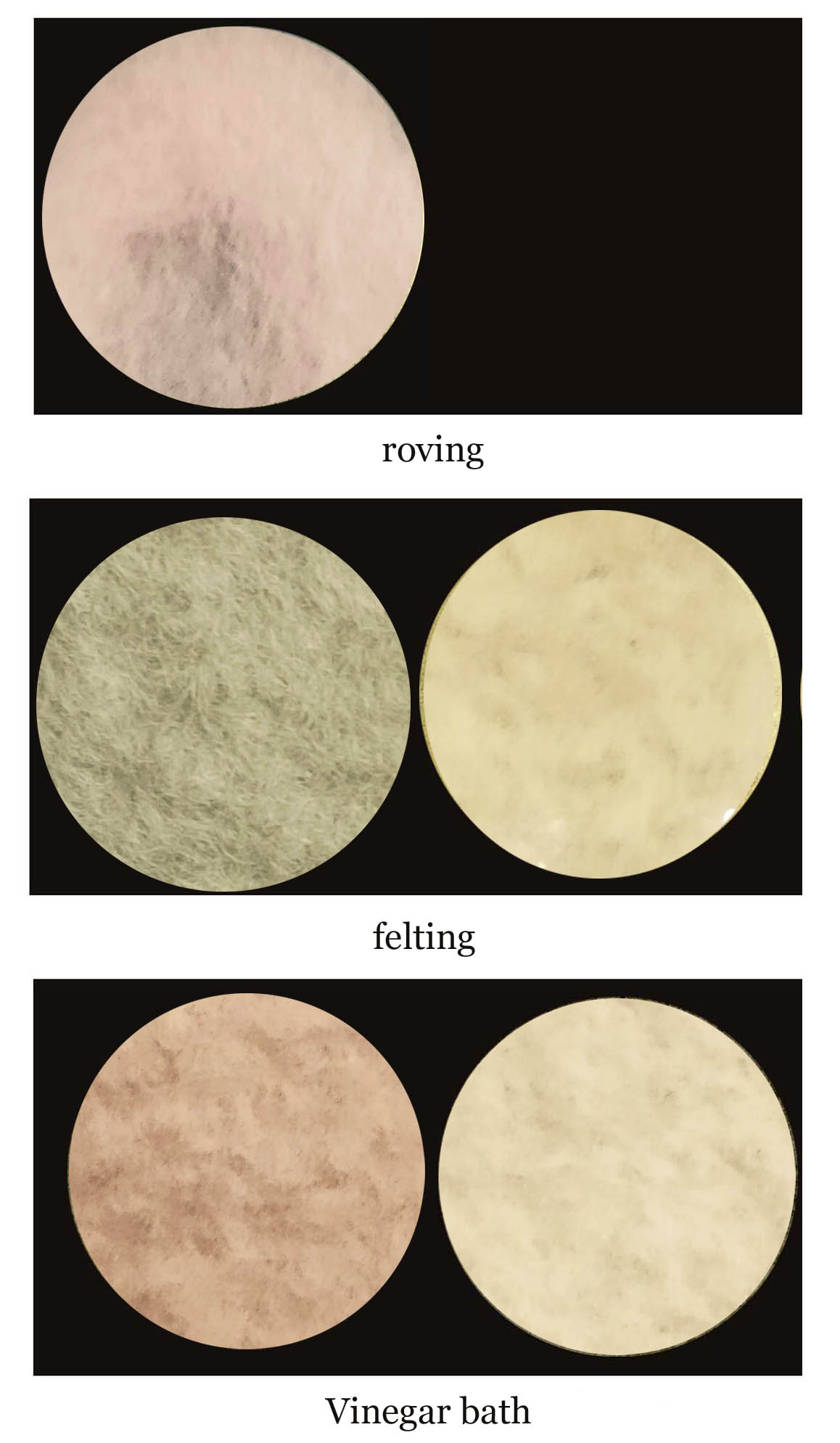
Join us on Instagram www.instagram/DyetoCraft
Etsy Shop Now open
If you like the idea of using organic naturally dyed threads in your craft but just don’t have the time, come and have a look at our Etsy Shop where you will find an array of beautiful colours provided by nature.



